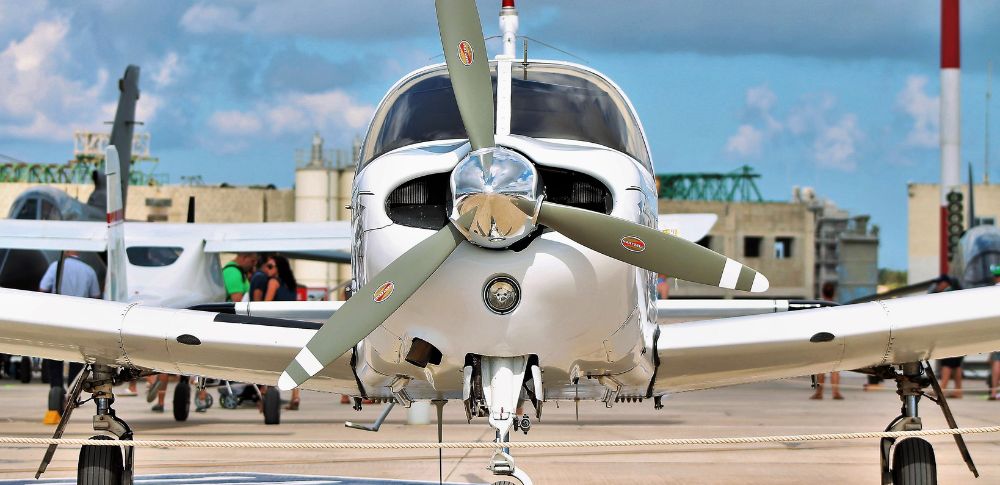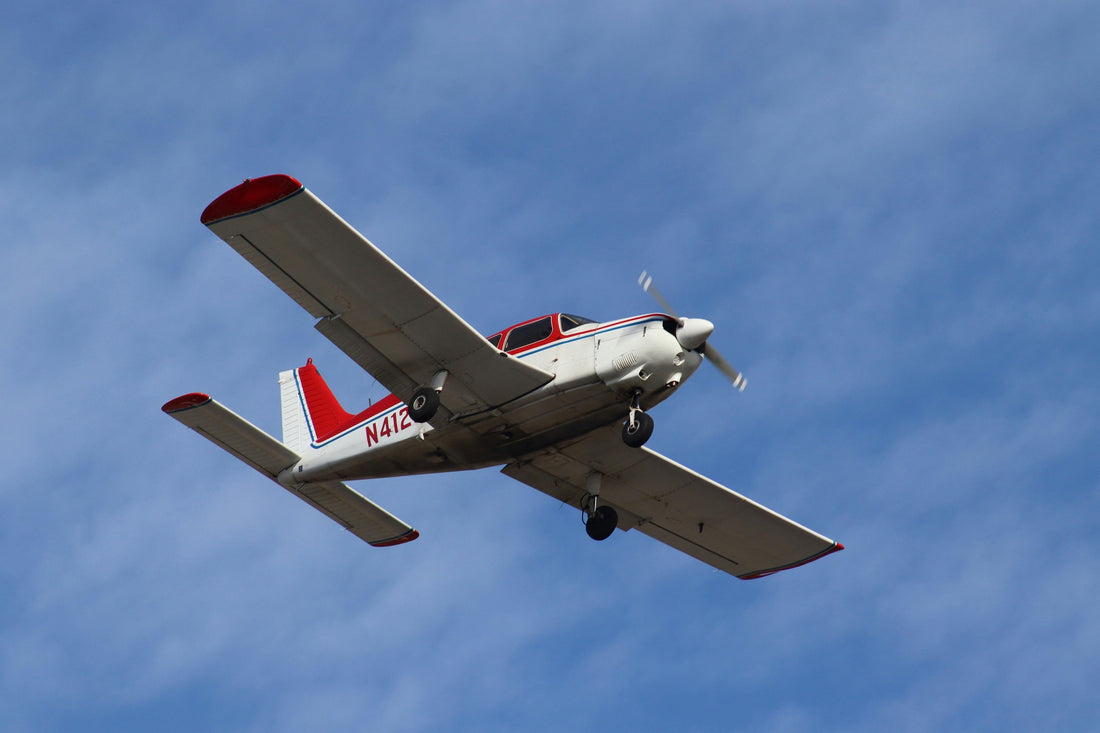Mastering Twin Engine Cessna: Essential Flying Tips
Mastering the art of flying a twin-engine Cessna aircraft requires dedication, precision, and a deep understanding of aviation principles. As a staple of general aviation, twin-engine Cessnas offer increased speed, reliability, and safety, compared to their single-engine counterparts. This article delves into the essential tips and techniques that aspiring pilots need to grasp to excel in piloting these versatile aircraft.
Unlocking the Secrets of Twin Engine Cessna

Understanding the unique characteristics of twin-engine Cessnas is fundamental to mastering these aircraft. Unlike single-engine planes, twin engines offer a higher degree of safety due to engine redundancy. However, this also introduces complexity in operation and maintenance. Pilots must familiarize themselves with the intricacies of managing two engines, such as synchronizing thrust and handling the aircraft in the event of an engine failure. Mastering these skills ensures that pilots can harness the full potential of twin-engine Cessnas while maintaining safety.
Proper weight and balance are crucial for the optimal performance of a twin-engine Cessna. Because these aircraft can carry more passengers and cargo, pilots need to be adept at calculating weight distribution to ensure stability and control. Incorrect weight management can lead to adverse flight characteristics, especially during takeoff and landing. Pilots should regularly review and apply weight and balance principles, including using load charts and performing pre-flight checks, to guarantee a smooth and safe flight experience.
Another vital aspect of flying twin-engine Cessnas is understanding and using aerodynamics to your advantage. Pilots should be well-versed in how twin engines affect lift, drag, and maneuverability. This knowledge is especially pertinent during critical phases of flight, such as takeoff, climb, and landing. Aspiring pilots should engage in regular training to refine their skills in handling various aerodynamic scenarios, ensuring they can react swiftly and appropriately to changes in flight conditions.
Essential Tips for Aspiring Pilots

Effective communication and coordination between crew members are paramount when flying twin-engine Cessnas. Pilots must establish clear protocols for communication, particularly in situations where quick decision-making is required. Training sessions should include scenarios that test communication skills, thereby enabling pilots and co-pilots to work seamlessly together. This synergy not only enhances flight safety but also contributes to a more efficient and enjoyable flying experience.
Aspiring pilots should also prioritize rigorous and regular training to build confidence and competence in operating twin-engine Cessnas. Flight simulators and real-world practice sessions play a critical role in this training regimen. Simulators allow pilots to experience a wide array of scenarios in a controlled environment, preparing them for real-life challenges. Additionally, hands-on flying with experienced instructors provides invaluable insights and feedback, helping pilots to hone their skills and build muscle memory for various flight maneuvers.
Lastly, staying updated with the latest regulations, technology, and best practices in aviation is crucial for any pilot. Twin-engine Cessna pilots should regularly participate in workshops, seminars, and courses that cover advancements in aviation technology and updated safety protocols. Networking with other pilots and industry professionals can also provide practical insights and tips that might not be covered in formal training. Committing to lifelong learning ensures that pilots not only maintain their skills but also adapt to the ever-evolving landscape of aviation.
Mastering a twin-engine Cessna is a rewarding journey that combines technical knowledge, practiced skills, and a passion for aviation. By understanding the unique aspects of these aircraft and adhering to essential flying tips, aspiring pilots can confidently navigate the skies. The commitment to continuous learning and improvement ultimately leads to a fulfilling and successful aviation career, marked by safety, proficiency, and a deep appreciation for the art of flying.



